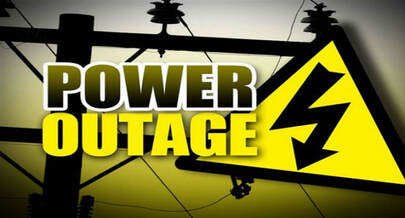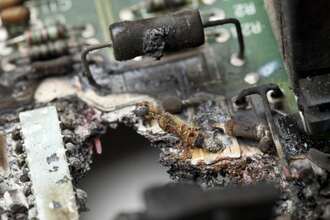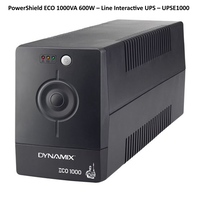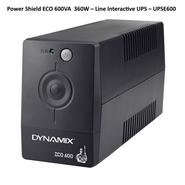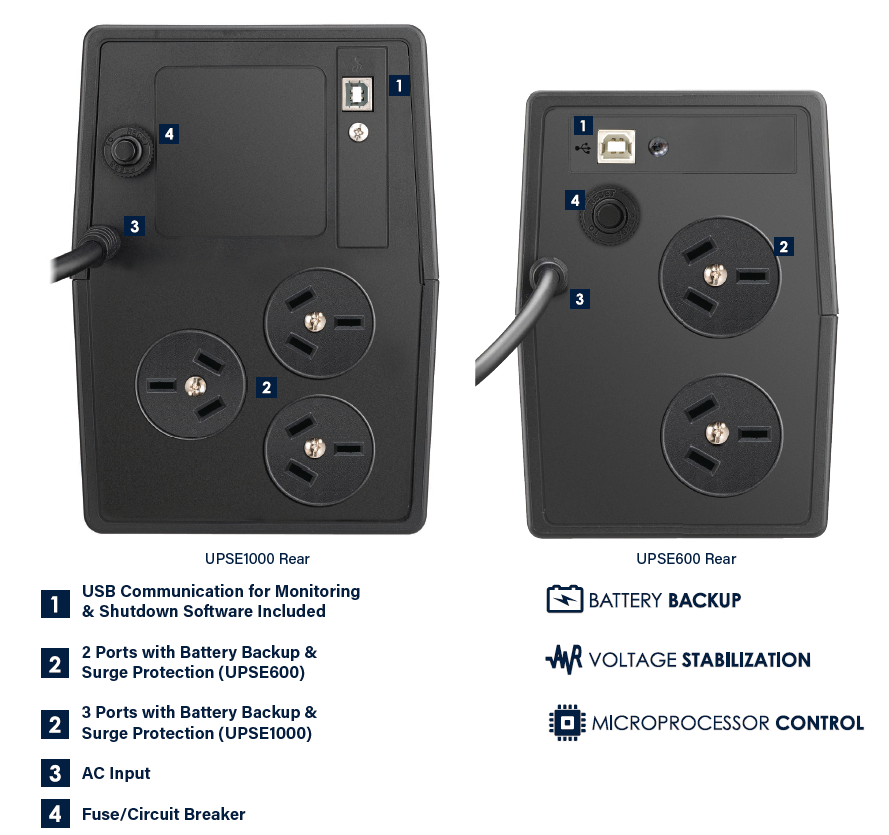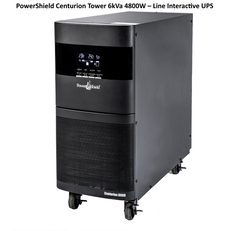How do you keep your business operating without mains power? How do you safeguard your valuable electronic equipment?
In Stock (all prices include CT) -
|
600VA - Power Shield ECO 600VA 360W – Line Interactive UPS – UPSE600 - $360.00
1000VA - Power Shield ECO 1000VA 600W – Line Interactive UPS – UPSE1000 - $560.00 3000VA PowerShield Centurion Tower 3000VA 2700W - Online UPS - PSCE3000 - $4,775.00 PowerShield Centurion Tower 3000VA 3000VA Powershield Centurion Rack 3000VA 2700W – Online UPS – PSCERT3000 - $4,925.00 PowerShield Centurion Rack 3000VA optional add on - Powershield Extended Battery Module for 3000VA Rack - PSRTBB12 - $3,730.00 PowerShield extended battery module for PSCERT3000 6000VA - Powershield Centurion Tower 6kVa 4800W – Online UPS – PSCE6000 - $13,225.00 PowerShield Centurion 6000VA |
PowerShield Australia's Authorised Tonga Dealer
|
|
|
| ||||||||||||||||||
|
You need to protect your business / electronic equipment with Uninterruptible Power Supply (UPS) units for - workstations & servers - printers and copiers - network devices and internet service connection - cash registers and POS machines - telephone system - security systems
|
| ||||||||||||||
Uninterruptible Power Supply (UPS)
One of the roles of any UPS is to provide power when the mains supply fails. Most UPS units are also capable in varying degrees of correcting common power utility problems.
Common power problems
- Voltage spike or sustained overvoltage
- Momentary or sustained reduction in input voltage
- Voltage sag
- Noise, defined as a high frequency transient or oscillation, usually injected into the line by nearby equipment
- Instability of the mains frequency
- Harmonic distortion, defined as a departure from the ideal sinusoidal waveform expected on the line
A UPS should be selected not only by capacity, but also by the quality of power that is required by the equipment being supplied.
Common power problems
- Voltage spike or sustained overvoltage
- Momentary or sustained reduction in input voltage
- Voltage sag
- Noise, defined as a high frequency transient or oscillation, usually injected into the line by nearby equipment
- Instability of the mains frequency
- Harmonic distortion, defined as a departure from the ideal sinusoidal waveform expected on the line
A UPS should be selected not only by capacity, but also by the quality of power that is required by the equipment being supplied.
Technologies
The most preferred UPS systems are on-line and line-interactive. (there are also standby power types)
An on-line UPS uses a "double conversion" method of accepting AC input, rectifying to DC for passing through the rechargeable battery (or battery strings), then inverting back to 230 V AC for powering the protected equipment.
A line-interactive UPS maintains the inverter in line and redirects the battery's DC current path from the normal charging mode to supplying current when power is lost.
Most UPS below one kilovolt-ampere (1 kVA) are of the line-interactive type which are usually less expensive.
The most preferred UPS systems are on-line and line-interactive. (there are also standby power types)
An on-line UPS uses a "double conversion" method of accepting AC input, rectifying to DC for passing through the rechargeable battery (or battery strings), then inverting back to 230 V AC for powering the protected equipment.
A line-interactive UPS maintains the inverter in line and redirects the battery's DC current path from the normal charging mode to supplying current when power is lost.
Most UPS below one kilovolt-ampere (1 kVA) are of the line-interactive type which are usually less expensive.
Standby or offline is another type of UPS. It is the simplest and least expensive uninterruptible power supply system. Some don’t even consider it as a UPS, because of the power source break during transfer or switching. Due to that, an offline UPS is sometimes described as a standby power supply. A standby UPS is the lower cost type typically available at retail stores for protection of home computers and electrical devices.
Online/Double Conversion
In an online UPS, the batteries are always connected to the inverter, so that no power transfer switches are necessary. When power loss occurs, the rectifier simply drops out of the circuit and the batteries keep the power steady and unchanged. When power is restored, the rectifier resumes carrying most of the load and begins charging the batteries, though the charging current may be limited to prevent the high-power rectifier from damaging the batteries. The main advantage of an online UPS is its ability to provide an "electrical firewall" between the incoming utility power and sensitive electronic equipment.
An online double conversion UPS is ideal for environments where electrical isolation is necessary
for equipment that is very sensitive to power fluctuations.
In an online UPS, the batteries are always connected to the inverter, so that no power transfer switches are necessary. When power loss occurs, the rectifier simply drops out of the circuit and the batteries keep the power steady and unchanged. When power is restored, the rectifier resumes carrying most of the load and begins charging the batteries, though the charging current may be limited to prevent the high-power rectifier from damaging the batteries. The main advantage of an online UPS is its ability to provide an "electrical firewall" between the incoming utility power and sensitive electronic equipment.
An online double conversion UPS is ideal for environments where electrical isolation is necessary
for equipment that is very sensitive to power fluctuations.
Line-interactive
This type of UPS is able to tolerate continuous under voltage brownouts and overvoltage surges without consuming the limited reserve battery power. It instead compensates by automatically selecting different power taps on its internal autotransformer. Depending on the UPS / model design, changing the autotransformer tap can cause a brief output power disruption to the equipment connected.
This type of UPS is able to tolerate continuous under voltage brownouts and overvoltage surges without consuming the limited reserve battery power. It instead compensates by automatically selecting different power taps on its internal autotransformer. Depending on the UPS / model design, changing the autotransformer tap can cause a brief output power disruption to the equipment connected.


